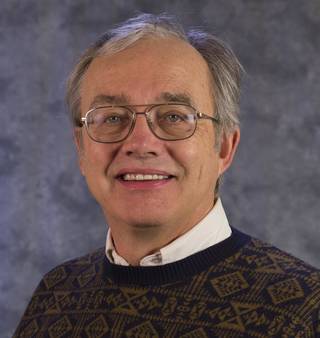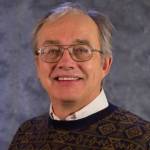
Gregory Nelson
Central Nervous System Discipline Lead, Space Radiation Element
Greg Nelson received a bachelor’s degree in Chemistry from Caltech and a doctorate in Developmental Biology from Harvard in 1979. His dissertation focused on investigating the genetics of sex determination and spermatogenesis in the just-introduced nematode model, C. elegans. After an immunology postdoc, Nelson joined NASA’s Jet Propulsion Lab biotechnology and genetic engineering team, working on biotechnology projects funded by the U.S. Department of Energy and the Defense Advanced Research Projects Agency.
At JPL, Nelson’s career took a permanent turn toward high linear energy transfer radiobiology. He worked with NASA, ESA (European Space Agency), and physics collaborators to characterize the genetic and developmental effects of space radiation and microgravity in C. elegans on missions STS-42 and STS-76. He later participated as a co-investigator on missions STS-108, STS-118, and STS-135. These spaceflight experiences led Nelson to participate in numerous NASA programmatic activities and facilities, including initial designs for a dedicated biosatellite (LifeSat), the NASA Space Radiation Laboratory, and the research facilities of the Loma Linda University proton synchrotron treatment center. He joined Loma Linda in 1996 as radiobiology program director and oversaw proton irradiation services for NASA investigators. Nelson serves on the National Council for Radiation Protection and Measurements. He joined the Space Radiation Element on a part-time basis in his current role in 2014. His laboratory is investigating dose rate effects on central nervous system responses to charged particles.



































